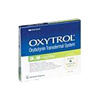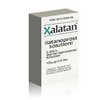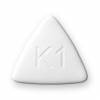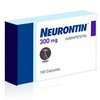INDICATIONS
Oxytrol (oxybutynin) reduces muscle spasms of the bladder and urinary tract.
Oxytrol is used to treat symptoms of overactive bladder, such as frequent or urgent urination, incontinence (urine leakage), and increased nighttime urination.
Oxytrol may also be used for purposes not listed in this medication guide.
INSTRUCTIONS
Use Oxytrol exactly as prescribed by your doctor. Do not use in larger or smaller amounts or for longer than recommended. Follow the directions on your prescription label.
Oxytrol comes with patient instructions for safe and effective use. Follow these directions carefully. Ask your doctor or pharmacist if you have any questions.
DOSAGE
Adults: The usual dose is 5mg two or three times a day. This may be increased to a maximum of 5 mg four times a day to obtain a clinical response provided that the side effects are tolerated.
Elderly (including frail elderly): The elimination half-life is increased in the elderly. Therefore, a dose of 2.5mg twice a day, particularly if the patient is frail, is likely to be adequate. This dose may be titrated upwards to 5mg two times a day to obtain a clinical response provided the side effects are well tolerated.
Children (under 5 years of age): Not recommended.
Children (over 5 years of age): Neurogenic bladder instability: the usual dose is 2.5mg twice a day. This dose may be titrated upwards to 5mg two or three times a day to obtain a clinical response provided the side effects are well tolerated. Nocturnal enuresis: the usual dose is 2.5mg twice a day. This dose may be titrated upwards to 5mg two or three times a day to obtain a clinical response provided the side effects are tolerated. The last dose should be given before bedtime.
STORAGE
Store this medicine at room temperature in a tightly-closed container, away from heat and light.
MORE INFO:
Active ingredient: Oxybutynin







